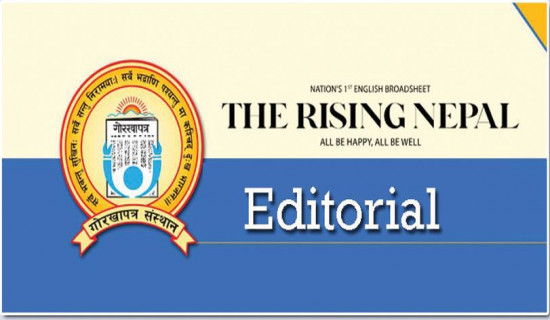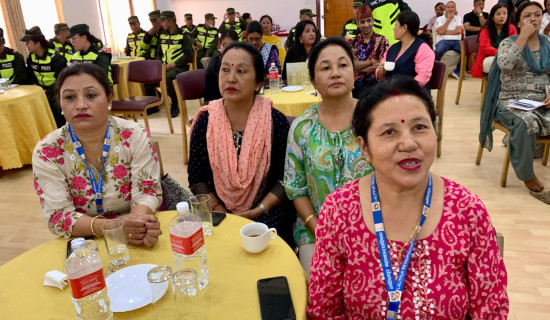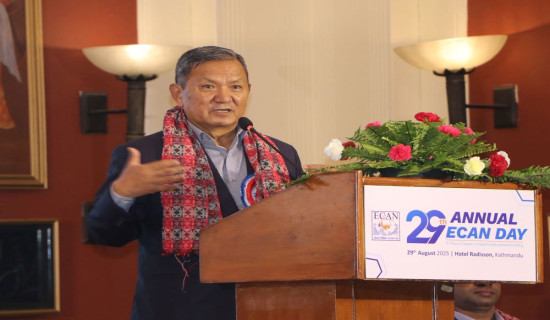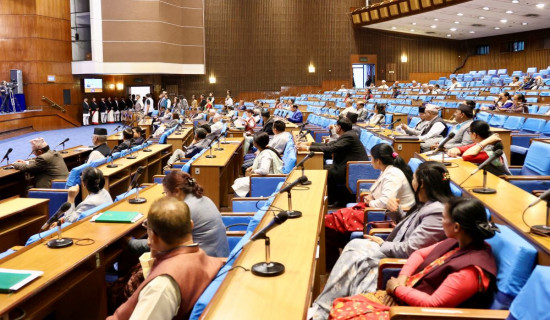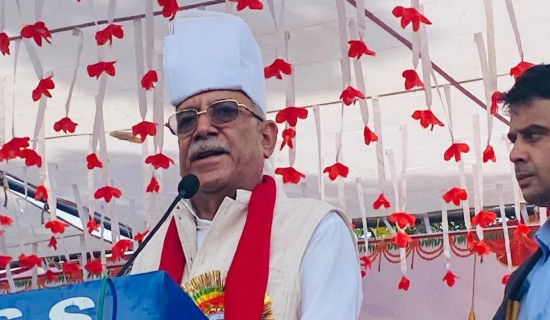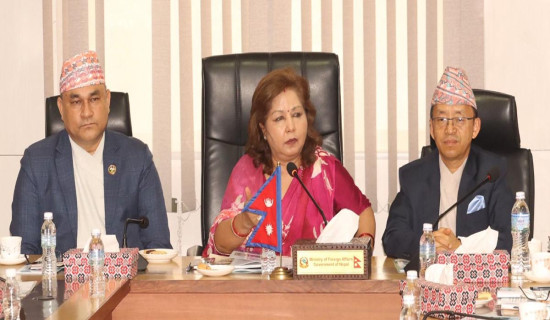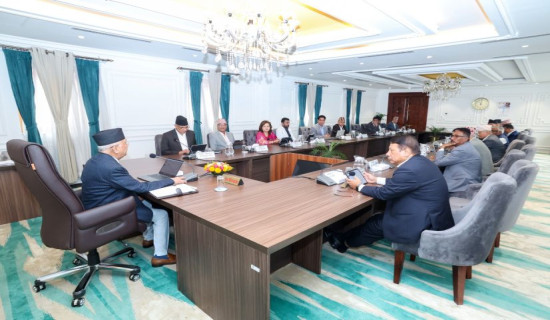- Saturday, 30 August 2025
Make Irrigation Reliable
The recent rainfall in Madhes Province has given much-needed respite to the farmers who have been unable to plant paddy owing to drought and limited irrigation facilities. Last Thursday, the region saw moderate to heavy rainfall but heavy downpours occurred only in a few places, which means there was no adequate rain for the paddy plantation in the large area. Tarai, known as the breadbasket, relies on sufficient rainfall for the timely plantation of paddy. This year's monsoon started two months ago, but the Tarai plains had received only 30 to 40 per cent of the average rainfall by August 1, delaying the seasonal paddy plantation.
The good news is that the Chure area has experienced the heaviest rainfall of the year so far. The flood water from this region can pass through the drought-hit southern belt. Now water has begun to flow in the dried-up canals. Rain and floodwater in the Chure belt are crucial for recharging water sources in Madhes. Timely rainfall is vital for maintaining the ecosystem of soil, plants and species. It is with rainfall that the dried canals are revived, water flows from stone taps and ponds are filled with rainwater. However, total dependence on rainwater for agriculture is not a sustainable solution. A reliable irrigation system is essential for the seasonal plantation of rice, wheat and other crops.
One of the drawbacks of the country's agro system is that it has not developed a strong irrigation infrastructure on which farmers can rely with confidence. This is a reason why many farmers in Madhes and Koshi provinces could not transplant paddy even at the end of the plantation season owing to the prolonged drought. This will likely hit the overall production of rice and the national economy. According to a news report published in this daily on Sunday, plantation has been completed only in 57 per cent of the total paddy fields by August 1 in Madhes Province, which comprises eight districts. Last year, by the end of July, the plantation was completed in around 94 per cent of paddy fields.
Except for Lumbini, other provinces have also been affected by the rain deficit. Paddy plantation has been carried out in around 1,087,148 hectares (78.84 per cent) of the country’s total 1.38 million hectares of paddy fields by July 27, which is a 14 per cent drop in the paddy plantation. Inadequate investment in the irrigation sector has had negative consequences for the production of rice, the staple food of the country. For an agricultural country, it is an irony that around 70 per cent of the cultivable land still lacks irrigation facilities throughout the year. Of the total 1.57 million hectares of land that have access to an irrigation facility, around 81 per cent falls in the Tarai, 15 per cent in the hills and four per cent in the mountains.
Although irrigation facilities have been extended to about 62 per cent of total cultivable land, the majority of systems are based on either run-of-the-river or natural springs. Surface irrigation covers 68 per cent of cultivable land and underground sources the remaining 32 per cent. This year, many natural springs have dried up, badly affecting the paddy plantation. Although the government has initiated a number of mega irrigation projects, they are still at the construction phase. The government must give priority to completing these irrigation projects to make the agro sector a reliable occupation and end dependency on imported food.

